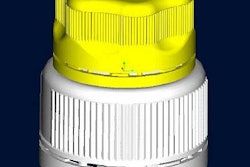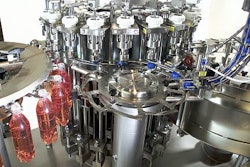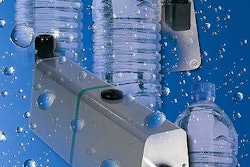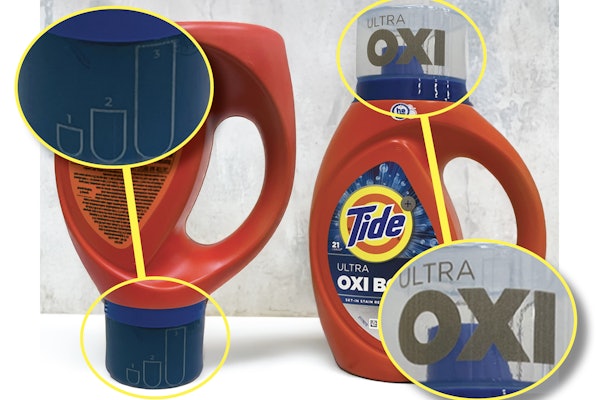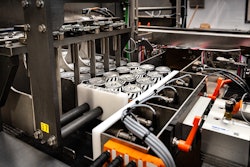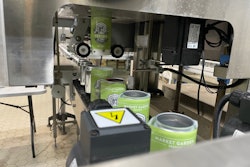
In PackTags version 1.0, an initial set of PackTags sufficient for computing machine performance metrics was defined. In PackTags version 2.0, that initial set was expanded and adapted to support more of the PLCs that are in common use in packaging operations today.
PackTags standardizes how packaging line data--machine states, modes, commands, and data--is communicated. Data stored in each machine's controller can be readily compared only if the field names and data values are consistent. PackTags can be used to represent machine state, such as producing, stopped, or aborted. PackTags can also be used to represent common machine performance metrics, such as total run time, total productive time, total downtime, waste, efficiency, etc.
PackTags furnishes the raw data necessary to calculate machine efficiency and other performance metrics without actually specifying or endorsing a particular calculation for these metrics. That allows each company to continue using its preferred method of calculating metrics, such as Overall Equipment Effectiveness (OEE).
PackTags can be used for machine-to-machine communications (between a filler and a capper, for example); for communications within a machine (between a motion controller and PLC, for example); and for information exchange between machines and higher-level information systems such as SCADA systems, plant databases, and enterprise information systems.
PackTags is part of the PackML specification, which is just one part of the so-called Plug-and-Pack[tm] guidelines developed by OMAC (Open Modular Architecture Controls) Packaging Workgroup. OMAC is a not-for-profit group of end users, machine builders, and controls suppliers (www.omac.org).
Plug-and-Pack is to packaging machines what "plug-and-play" is to computers, representing the ideal of easily integrating packaging machines from different vendors, regardless of the make or model of machine controller.
Plug-and-Pack guidelines were developed to confer the following benefits:
- Reduce the cost of time required for machine integration
- Allow automatic start-up and shutdown of packaging lines
- Increase machine uptime via more rapid troubleshooting and facilitating root cause analysis of problems that cause downtime
- Reduce operator and engineering training costs by providing a more uniform interface to machines for operators and engineers
- Lower the cost of validation of production systems for Good Manufacturing Practices and other FDA regulations
Following a 30-day public comment period, PackTags 2.0 is expected to be approved by the OMAC Packaging Workgroup executive committee at the upcoming OMAC meeting in Orlando, FL, January 29-30, 2004.



